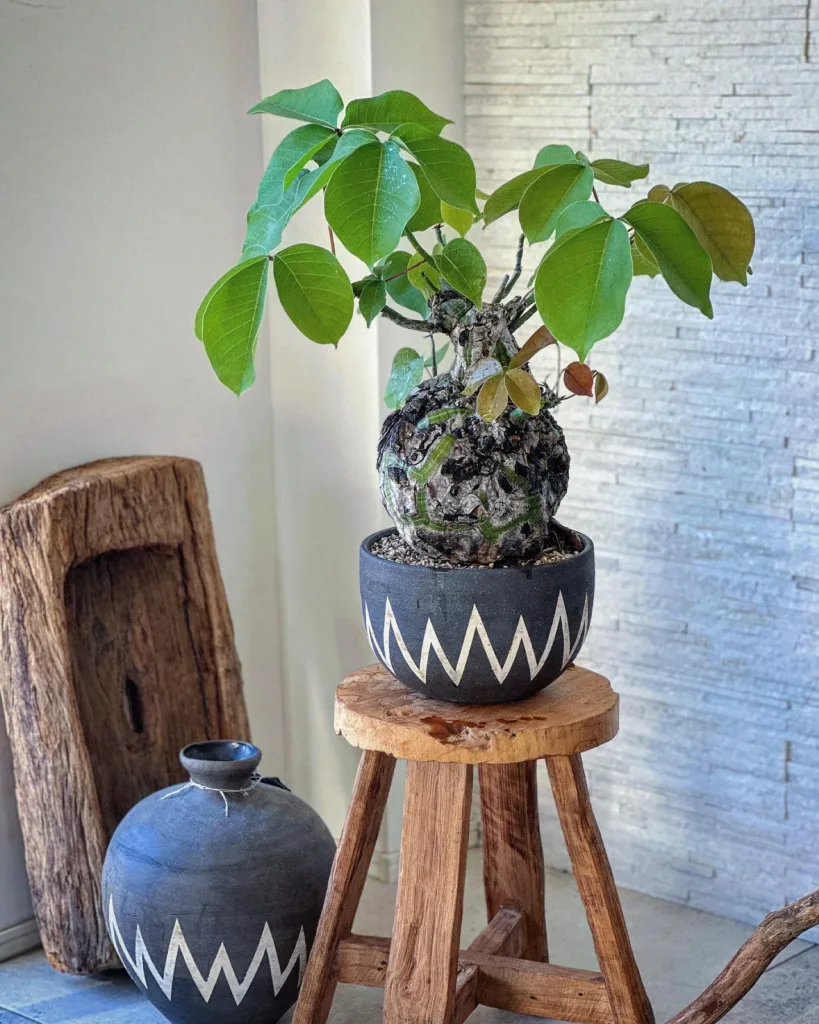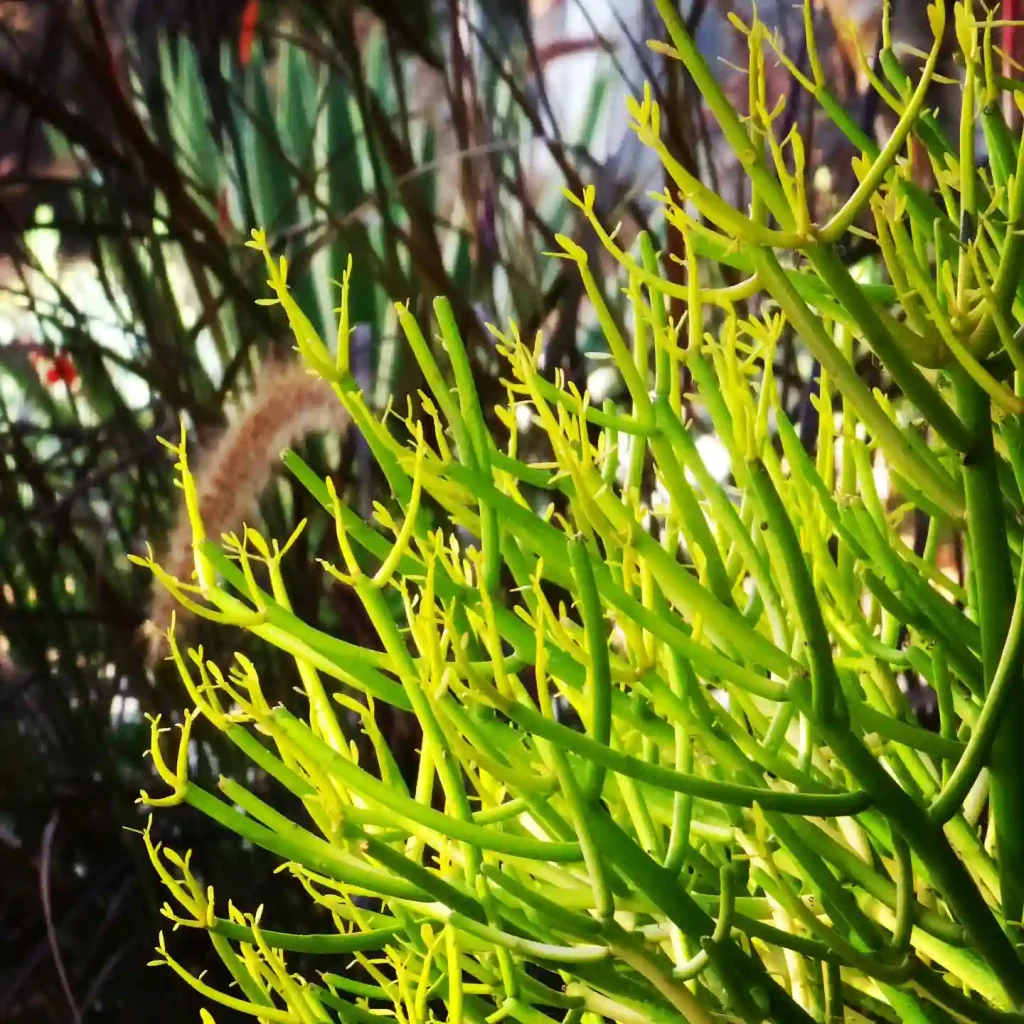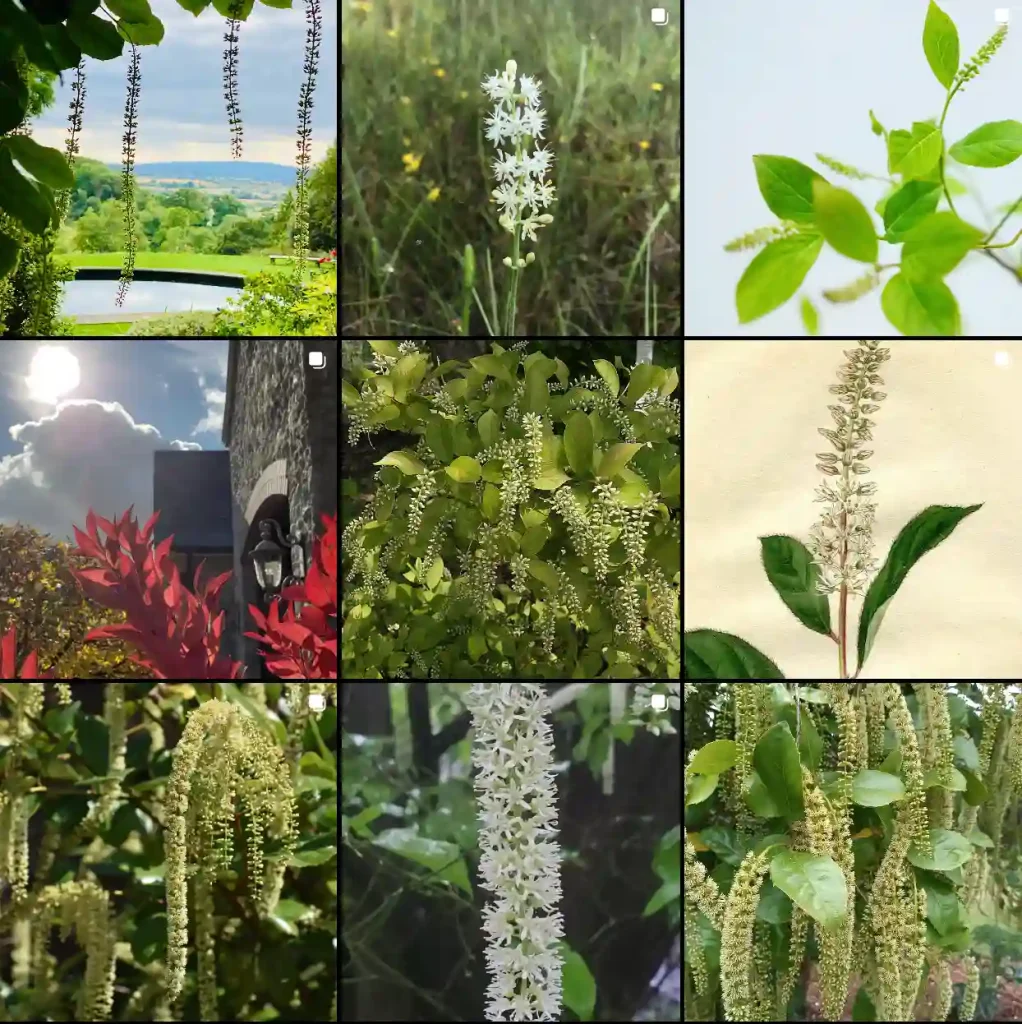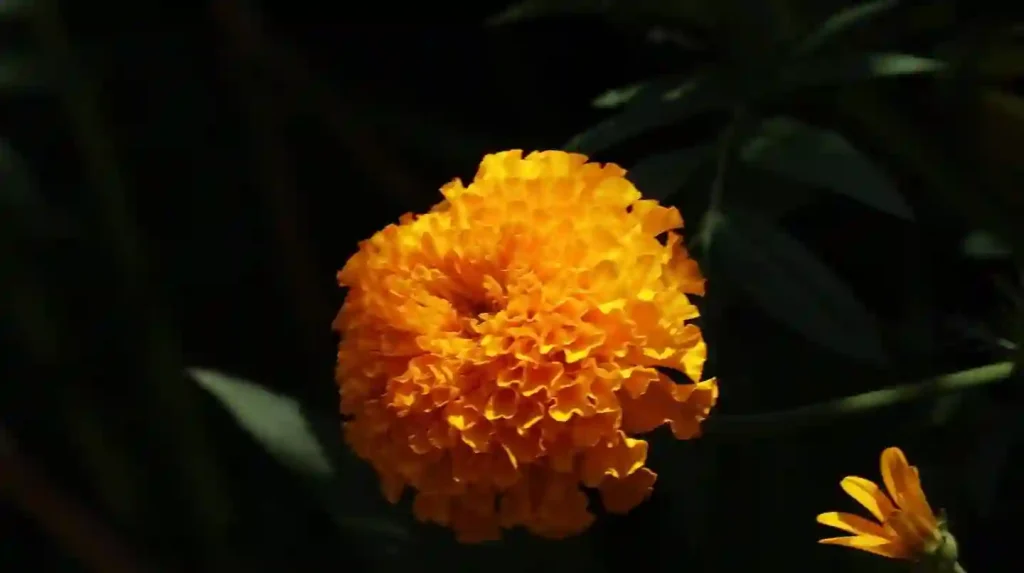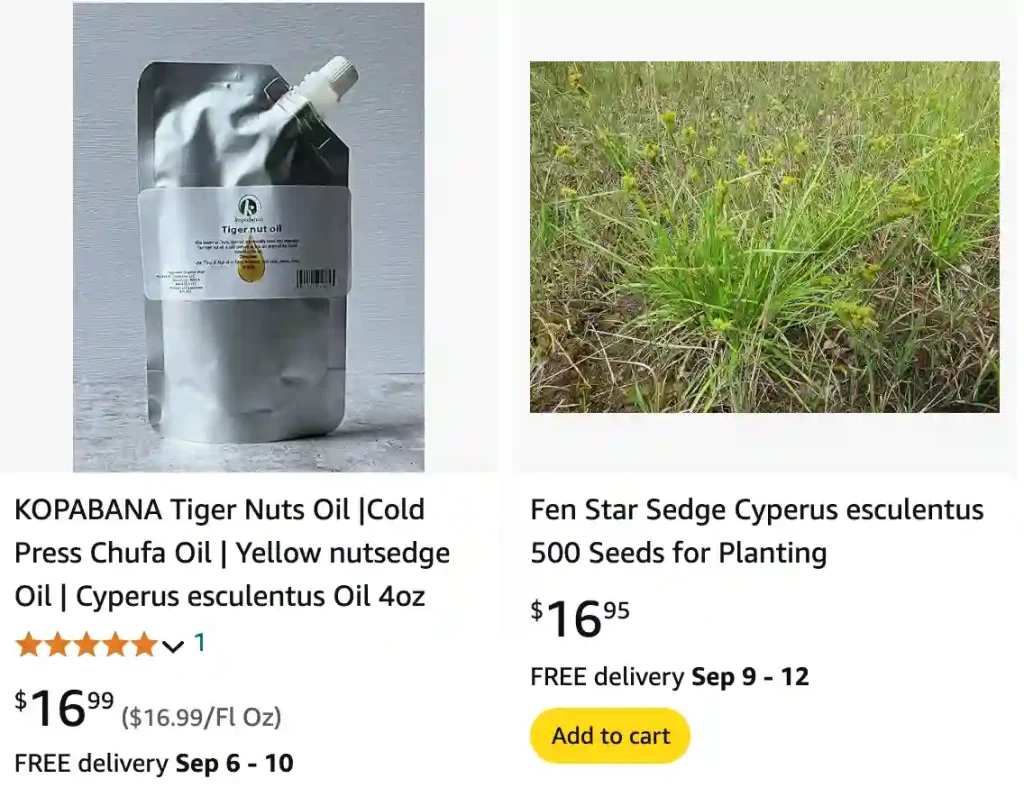
What Is Cyperus Esculentus?
As an avid plant enthusiast, I often find myself delving into the lesser-known corners of the plant world. One such plant that has piqued my interest is Cyperus Esculentus. This plant, also known as Tiger Nut or Earth Almond, is a member of the Cyperaceae family. It’s a fascinating plant with a variety of uses and characteristics that are worth exploring.
Cyperus Esculentus is a perennial plant that is often mistaken for a grass due to its similar appearance. However, it belongs to the sedge family, which is quite different from true grasses. Native to the Mediterranean region and parts of Africa, it has become popular in various parts of the world for its edible tubers.
957 Species in Genus Cyperus
What Family Does Cyperus Esculentus Belong To?
Cyperus Esculentus belongs to the Cyperaceae family, commonly known as the sedge family. This family includes plants that are often found in wetlands or marshy areas, though some, like Cyperus Esculentus, are quite adaptable and can thrive in a variety of environments. The Cyperaceae family is characterized by its grass-like appearance but differs in structure, with sedges generally having triangular stems and solid, often three-sided stems.
Can Rabbits Have Cyperus Esculentus?
If you’re a pet owner with rabbits, you might be wondering if Cyperus Esculentus is safe for them. From my experience, rabbits can safely consume Cyperus Esculentus in moderation. The plant’s tubers are not toxic to rabbits and can be a tasty and nutritious treat for them. However, as with any new food, it’s wise to introduce it gradually and monitor your rabbit for any adverse reactions. Always ensure that any plant material is free of pesticides or chemicals before offering it to your pets.
How to Care for Cyperus Esculentus?
Caring for Cyperus Esculentus is relatively straightforward. Here are some tips based on my personal experience:
- Sunlight: This plant thrives in full sun to partial shade. It can handle a variety of light conditions but performs best with at least 4-6 hours of direct sunlight per day.
- Watering: Cyperus Esculentus prefers moist soil. It can tolerate standing water, making it suitable for areas with poor drainage. Regular watering is necessary, especially during hot periods.
- Soil: Well-draining soil is essential. While it can handle wetter conditions, ensure the soil does not become waterlogged, as this can lead to root rot.
- Temperature: It is quite resilient to temperature fluctuations but grows best in warm climates. If you live in a cooler region, you might need to provide some frost protection.
How to Propagate Cyperus Esculentus?
Propagating Cyperus Esculentus can be a rewarding process. The plant reproduces through its tubers, which can be divided and replanted. Here’s how you can propagate it:
- Tubers: Harvest the tubers in late autumn or early winter. Choose healthy, disease-free tubers for replanting.
- Division: Separate the tubers carefully. Ensure each segment has at least one viable shoot.
- Replanting: Plant the tuber segments in well-prepared soil. Space them about 6-8 inches apart to give them room to grow.
What to Plant With Cyperus Esculentus?
If you’re looking to plant Cyperus Esculentus alongside other plants, consider companions that thrive in similar conditions. For example:
- Water Lilies: These aquatic plants can complement Cyperus Esculentus in a water garden or pond setting.
- Hostas: In a garden bed with moist, shaded conditions, Hostas can make a great companion.
- Mint: Mint and Cyperus Esculentus both enjoy moist soil, making them good neighbors in a herb garden.
Can You Grow Cyperus Esculentus Indoors?
Growing Cyperus Esculentus indoors is possible but requires specific conditions. You’ll need to provide ample light, either from a south-facing window or a grow light. The plant will also need a pot with good drainage and regular watering to keep the soil moist. Indoor growth can be challenging but rewarding, especially if you enjoy growing unique plants.
Is Cyperus Esculentus Toxic?
Cyperus Esculentus is non-toxic to humans and animals. Its tubers are edible and have been used in various culinary applications, especially in Mediterranean cuisine. This makes it a safe choice for gardens where pets and children may be present.
Benefits of Cyperus Esculentus
The benefits of Cyperus Esculentus are multifaceted. Nutritionally, its tubers are rich in starch and can be used as a food source. They are also known for their potential health benefits, including improved digestion and energy levels. Additionally, the plant can be aesthetically pleasing in a garden setting with its unique appearance and adaptability.
Common Problems with Cyperus Esculentus
One common issue with Cyperus Esculentus is susceptibility to fungal diseases, particularly in overly wet conditions. Ensuring proper drainage and avoiding waterlogged soil can help mitigate this problem. Additionally, the plant can be prone to pest infestations, so keeping an eye out for common pests like aphids and taking appropriate measures can help maintain its health.
Comparing Cyperus Esculentus with Other Similar Plants
Cyperus Esculentus is often compared to other plants in the Cyperaceae family, such as Cyperus Papyrus and Cyperus Alternifolius. While Cyperus Papyrus, commonly known as Papyrus, is known for its tall, reed-like stems and historical significance in ancient Egypt, Cyperus Esculentus is more compact and valued for its edible tubers. Cyperus Alternifolius, or the Umbrella Plant, is another relative that is often used for ornamental purposes due to its attractive foliage.
In summary, Cyperus Esculentus is a versatile and interesting plant with a range of applications and benefits. Whether you’re growing it for its edible tubers, its decorative appeal, or as a companion plant, it offers a unique addition to any garden or indoor plant collection.
If i die, water my plants!
